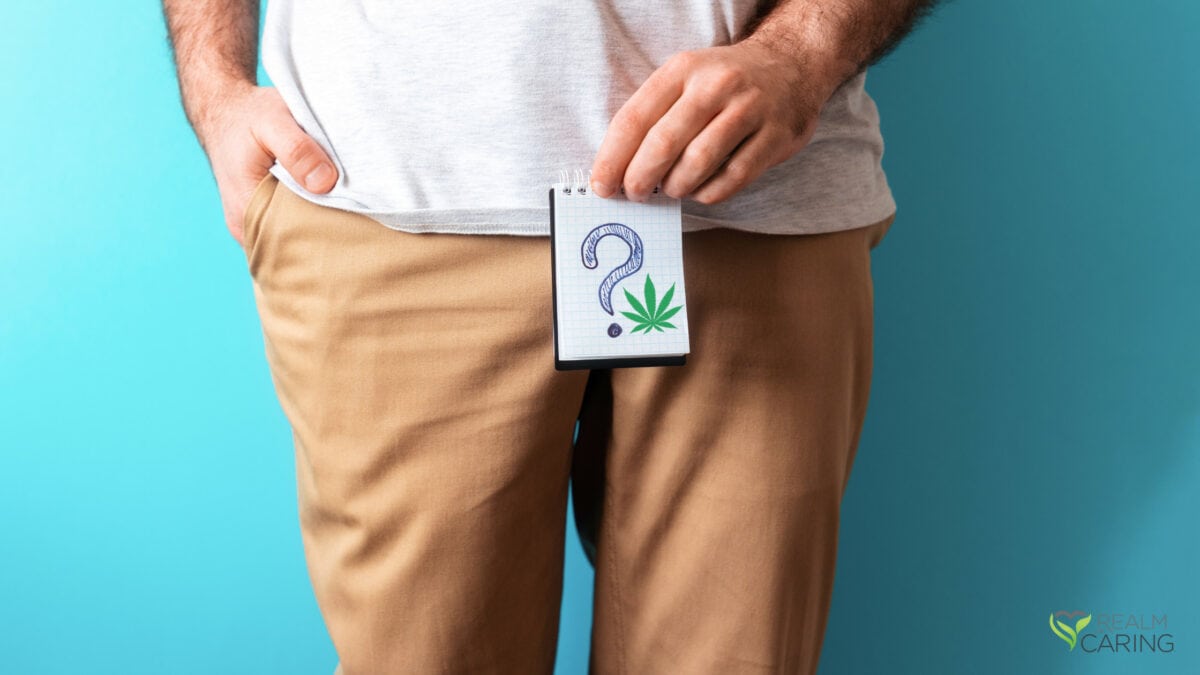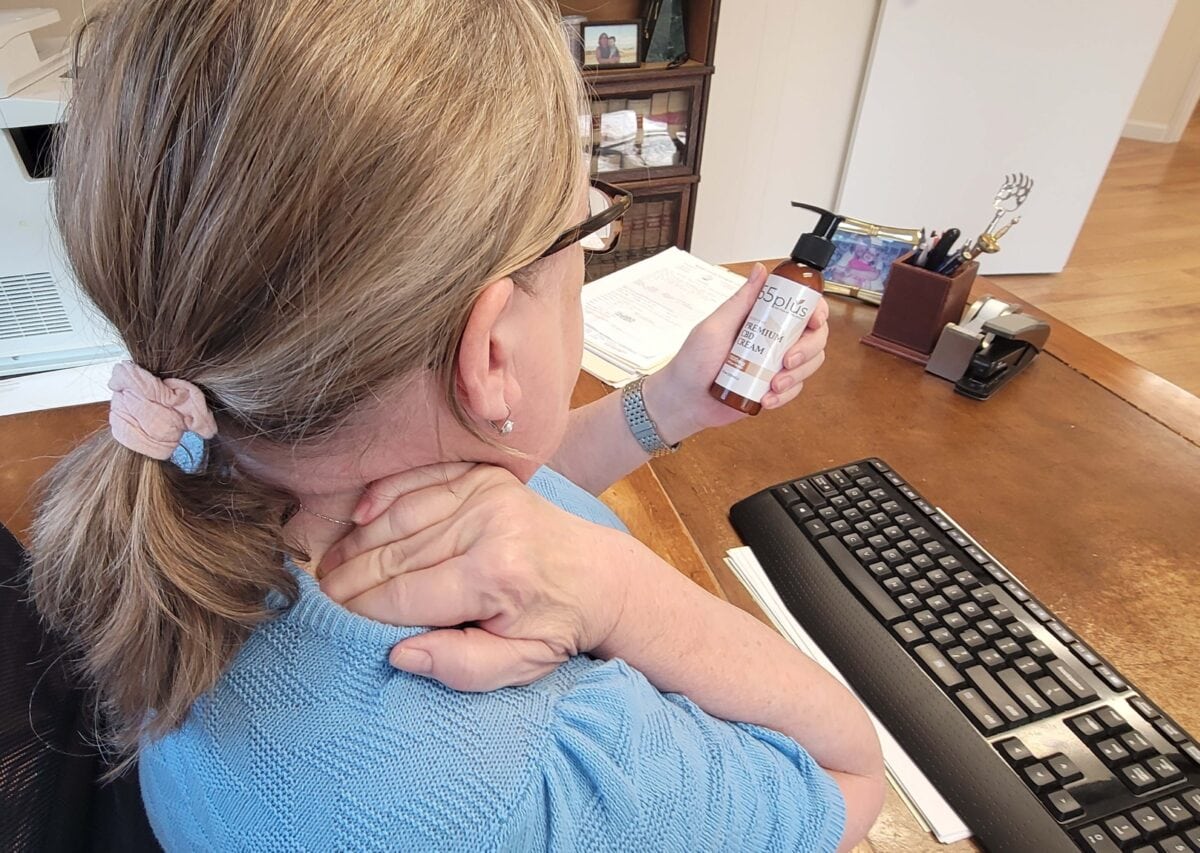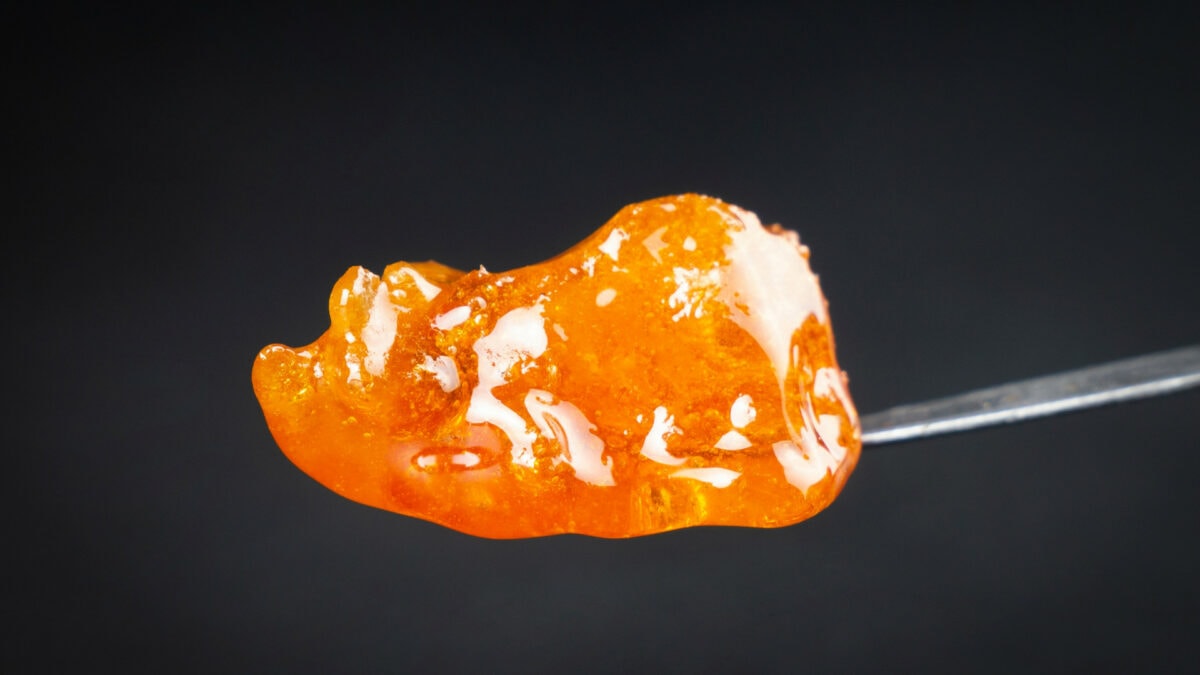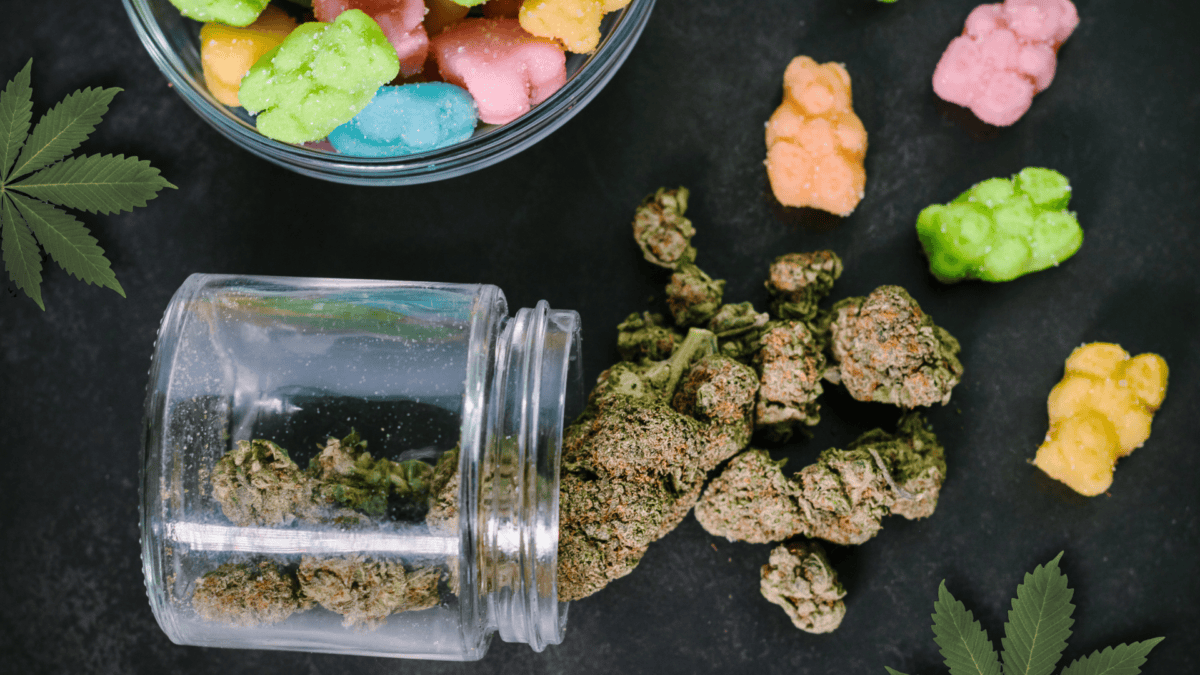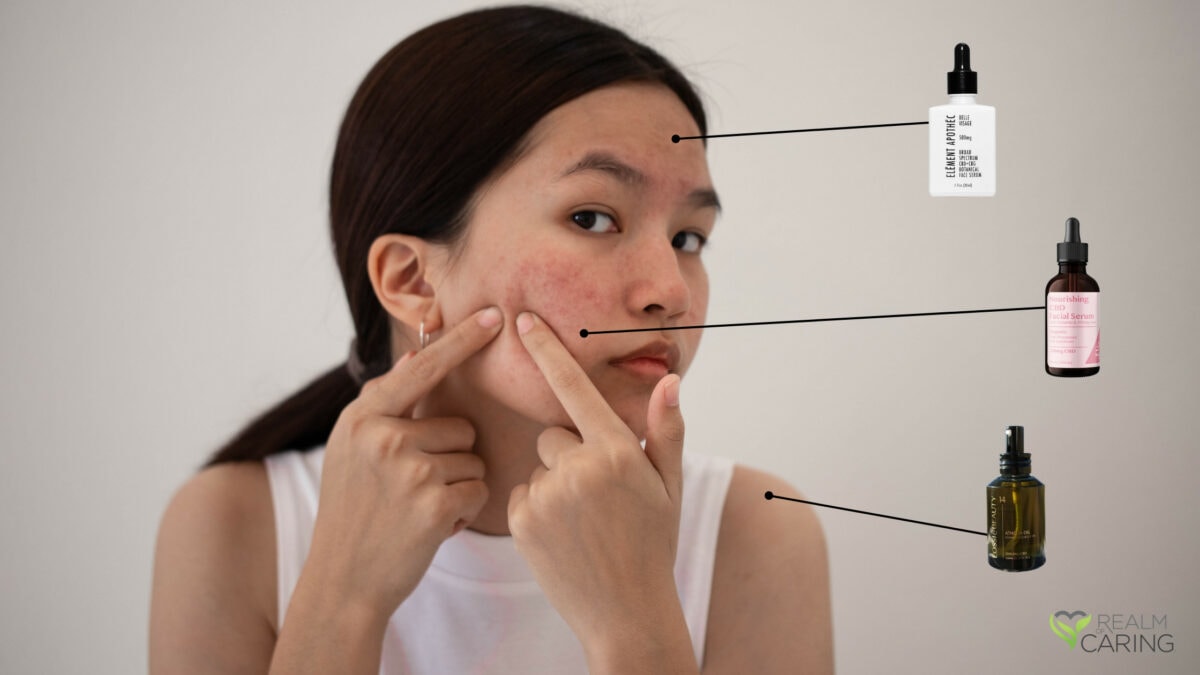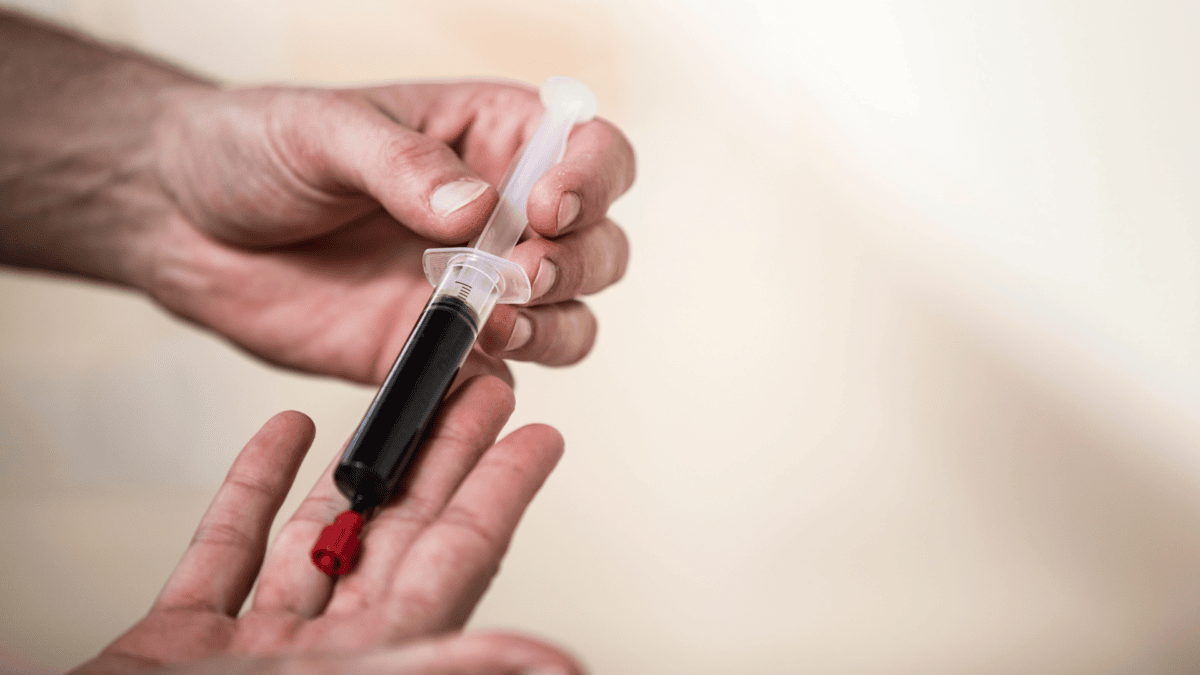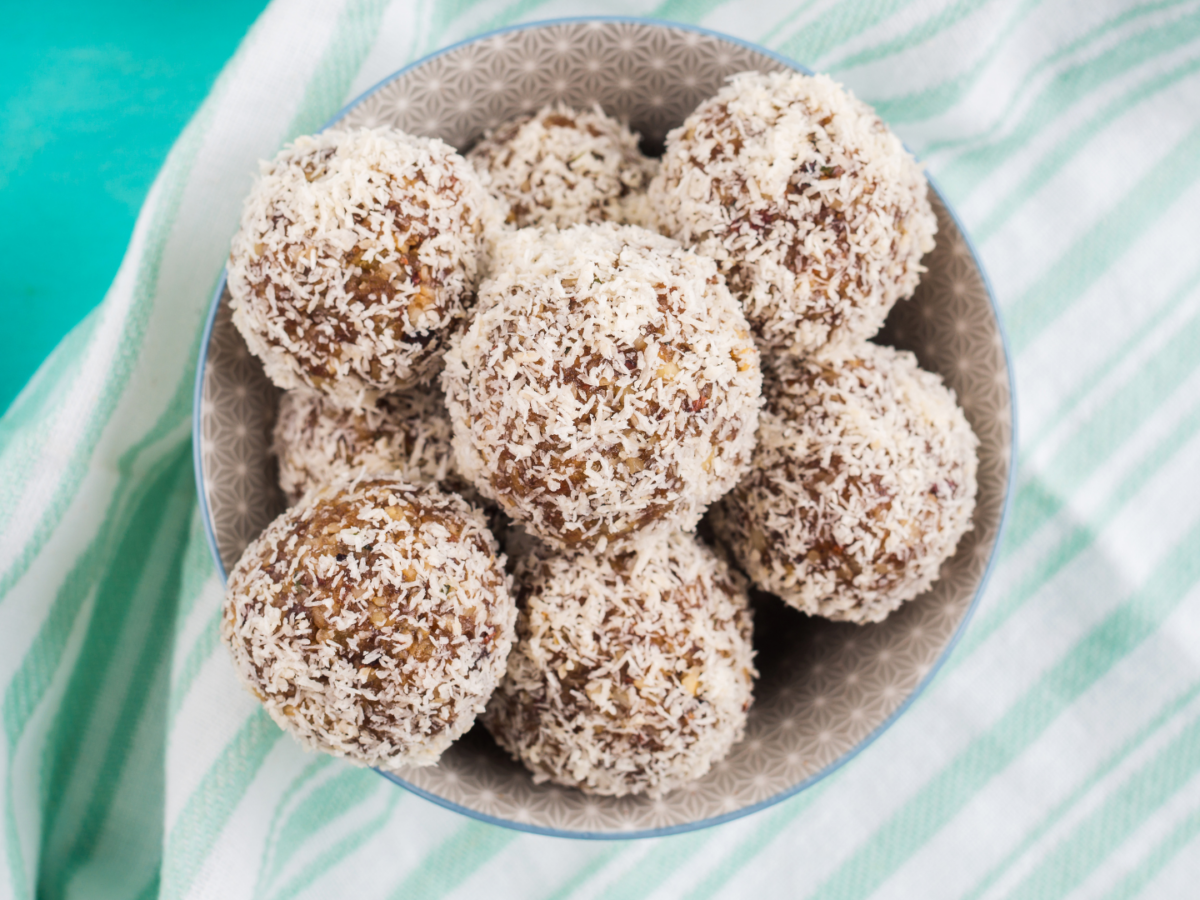Whether you’re a seasoned chef or an aspiring home cook, incorporating CBD into your culinary repertoire allows you to elevate your dishes to a new level. Not only does CBD add a unique flavor profile, but it also offers potential health benefits, such as reducing stress and promoting relaxation.
Understanding CBD and its benefits
CBD, short for cannabidiol, is a compound found in the cannabis plant. Unlike its counterpart delta-9-tetrahydrocannabinol (THC), CBD does not have intoxicating effects, meaning it won’t cause you to feel high. Instead, CBD offers a range of potential health benefits, making it a popular addition to various wellness products, including culinary creations.
Research suggests that CBD may help alleviate symptoms related to anxiety, depression, chronic pain, and inflammation. Additionally, CBD has antioxidant properties that can support overall well-being. You can harness these potential benefits by incorporating CBD into your cooking while enjoying delicious meals.
It is important to note that while CBD is generally well-tolerated, it may interact with certain medications. If you are considering incorporating CBD into your diet, it is recommended to consult with a healthcare professional.
The legality of CBD-infused foods
The legality of CBD varies depending on your location. In some countries and states, CBD is legal for both medical and recreational use, allowing for the creation and sale of CBD-infused products, including edibles. However, in other areas, CBD may only be legal for medical use, allow only specific CBD products, or be completely prohibited.
Before experimenting with CBD-infused foods, familiarize yourself with the laws and regulations in your area. Ensure your CBD products are sourced from reputable manufacturers and comply with local legal requirements. This way, you can enjoy your CBD-infused culinary creations with peace of mind.
Health benefits of CBD-infused foods
CBD-infused foods offer a unique way to incorporate the potential health benefits of CBD into your daily routine. In addition to the general benefits of CBD, such as stress management and anti-inflammatory potential, CBD-infused foods can provide a range of other advantages.
For example, CBD has been linked to powerful antioxidant properties which may improve kidney function, modulate the immune system, and provide neurological protection.
Furthermore, CBD-infused foods can be a great alternative for those who prefer not to smoke or vape CBD. By consuming CBD in the form of culinary creations, you can enjoy the benefits of CBD while indulging in delicious meals, snacks, and beverages.
Tips for using CBD in cooking:
When incorporating CBD into your culinary creations, remember a few key tips for optimal results.
Firstly, choosing high-quality CBD products specifically designed for cooking is important. Look for CBD oils or tinctures tested for purity and potency. This ensures you use a safe and reliable product in your recipes. Realm of Caring has created a guide to help you source a quality product.
When measuring CBD oil or tincture for your recipes, start with a low dosage and gradually increase if needed. CBD affects individuals differently, so your therapeutic range may be different from someone else’s. Remember that a little goes a long way, and adding more CBD is always easier than removing it from a dish.
Additionally, it is recommended to incorporate CBD into recipes that contain some form of fat. CBD is fat-soluble, meaning it binds to fats and is better absorbed by the body when consumed. This is why many CBD-infused recipes include ingredients like coconut oil, butter, or full-fat dairy products.
Lastly, it’s important to avoid exposing CBD to high heat for an extended period. CBD and THC begin to show degradation effects with decreased quantities at 320°F (160°C). To preserve the beneficial properties of CBD, it’s best to add it to your dishes after they have been removed from an oven or stove, or use it in recipes that don’t require high temperatures.
By following these tips, you can ensure a successful and enjoyable CBD-infused culinary experience that maximizes the potential benefits of CBD.
CBD-infused recipe ideas for breakfast
Start your day off on a delicious and healthy note with CBD-infused breakfast recipes that will leave you feeling energized and ready to tackle the day.
CBD-Infused Detox Smoothie
Ingredients:
1 cup fresh or frozen mangos
½ cup frozen spinach
½ cup fresh or frozen pineapple chunks
1 banana
Handful mixed cashews and almonds
About 15-20 mg of CBD oil
2 cups filtered water
Optional: 1 tbsp of hulled hemp seeds for added protein and omega 3 fatty acids
Optional: Top with shaved coconut for added vitamins C and E
Instructions:
Blend until smooth and enjoy!
CBD-Infused Avocado Toast
Ingredients:
1 slice of whole-grain bread
1 ripe avocado, mashed
Pinch of sea salt and black pepper
1 dropper of CBD oil (averaging 15-20 mg in concentration per dropper)
Optional toppings: sliced tomatoes, smoked salmon, poached egg
Instructions:
Toast the whole-grain bread to your desired level of crispness.
Spread the mashed avocado on top of the toast.
Sprinkle with a pinch of sea salt, black pepper, and CBD oil drops.
Add optional toppings such as sliced tomatoes, smoked salmon, or a poached egg for added flavor and protein.
CBD-Infused Overnight Oats
Ingredients:
1/2 cup rolled oats
1/2 cup milk (dairy or plant-based)
2 tablespoons Greek yogurt
1 dropper of CBD oil (averaging 15-20 mg in concentration per dropper)
Optional toppings: fresh fruits, nuts, CBD-infused maple syrup
Instructions:
Combine the rolled oats, milk, Greek yogurt, and CBD oil in a jar and stir well.
Cover the jar and refrigerate overnight.
In the morning, top with fresh fruits, nuts, and/or a drizzle of CBD-infused maple syrup for a nutritious and satisfying breakfast.
CBD-infused recipe ideas for lunch and dinner
Elevate your lunch and dinner game with CBD-infused delicious and nourishing recipes. Here are a few ideas to get you started:
CBD-Infused Quinoa Salad:
Ingredients:
1 cup quinoa
Diced cucumbers
Cherry tomatoes
Red onions
Crumbled feta cheese
Fresh herbs (parsley, mint)
Olive oil
Lemon juice
Minced garlic
1 dropper of CBD oil (averaging 15-20 mg in concentration per dropper)
Instructions:
Cook quinoa according to package instructions and let it cool.
Toss the cooked quinoa with diced cucumbers, cherry tomatoes, red onions, crumbled feta cheese, and fresh herbs.
Drizzle with a dressing made from olive oil, lemon juice, minced garlic, and a few drops of CBD oil.
CBD-Infused Stir-Fry
Ingredients:
CBD-infused sesame oil
Assorted vegetables (bell peppers, broccoli, carrots, snap peas)
Protein of choice (tofu, chicken, shrimp, etc.)
Soy sauce
Ginger
Garlic
1 dropper of CBD oil (averaging 15-20 mg in concentration per dropper)
Instructions:
Heat a tablespoon of sesame oil in a wok or large skillet.
Add assorted vegetables and stir-fry until crisp-tender.
Incorporate the cooked protein and a sauce made from soy sauce, ginger, and garlic
Remove from heat and drizzle CBD oil then toss through
Baked Salmon with CBD-infused lemon juice
Ingredients:
1 salmon filet
2 tsp olive oil
½ medium lemon + squeeze of lemon
½ tsp minced garlic
Fresh dill
Salt and pepper to taste
1 dropper of CBD oil (averaging 15-20 mg in concentration per dropper)
Instructions:
Preheat the oven to 375°F (190°C)
Mix together olive oil, lemon juice, minced garlic, and fresh dill
Place a salmon filet on a baking sheet, season with salt and pepper to your liking, then spoon mixture on top and rub into salmon, ensuring there are no dry spots
Bake for 15-20 minutes or until the salmon is cooked and flakes easily with a fork.
Drizzle with CBD oil and a squeeze of lemon before serving
CBD-Infused Desserts
These CBD-infused dessert and snack recipes offer a guilt-free way to satisfy your cravings while incorporating the potential benefits of CBD. Feel free to adjust the CBD dosage to suit your preferences, and enjoy these treats in moderation.
CBD-Infused Chocolate Truffles
Ingredients:
8 oz dark chocolate, chopped
1 dropper of CBD oil (averaging 15-20 mg in concentration per dropper)
Pinch of sea salt
Optional additions: chopped nuts, dried fruits, shredded coconut
Instructions:
Melt the dark chocolate in a heatproof bowl set over a pot of simmering water.
Once cooled, thoroughly stir in CBD oil, a pinch of sea salt, and any desired additions like chopped nuts, dried fruits, or shredded coconut.
Spoon the mixture into small molds or roll into bite-sized balls and refrigerate until firm.
CBD-Infused Energy Balls
Ingredients:
1 cup pitted dates
1/2 cup almond butter
1 cup rolled oats
1 dropper of CBD oil (averaging 15-20 mg in concentration per dropper)
Optional add-ins: chia seeds, cocoa powder, shredded coconut
Instructions:
Blend the pitted dates, almond butter, rolled oats, and a few drops of CBD oil in a food processor.
Add optional add-ins like chia seeds, cocoa powder, or shredded coconut. Process until the mixture comes together.
Roll the mixture into bite-sized balls and refrigerate for at least 30 minutes before enjoying.
Bonus dessert: RoC’s Peanut Butter Chocolate Hemp Bars
CBD-Infused Beverages
These CBD-infused beverage recipes offer a delightful way to unwind and enjoy the potential relaxation benefits of CBD. Feel free to experiment with different flavors, combinations, and CBD dosages to create your perfect beverage. Cheers to a flavorful and relaxing experience!
CBD Tea
Ingredients:
Your favorite herbal tea
½ dropper of CBD oil (averaging 15-20 mg in concentration per dropper)
Optional: Honey or sweetener
Instructions:
Brew your favorite herbal tea and pour it into a cup.
Once cool enough to sip, add CBD oil drops and stir well.
Sweeten with honey if desired.
Mojito Mocktail with CBD-Mint Simple Syrup
Ingredients:
½ cup granulated sugar
½ cup water
2 mint sprigs + 1 mint sprig for garnish
2 limes + 1 cut lime round for garnish
½ dropper of CBD oil (averaging 15-20 mg in concentration per dropper)
Lemon-lime sparkling water
Ice
Instructions:
Make your simple syrup by heating sugar, water and 2 mint sprigs in saucepan over medium heat, stirring until sugar dissolves. Simmer until the mint is aromatic.
Allow simple syrup to cool then add CBD oil. Refrigerate until ready to make your mocktail.
Fill a shaker of ice with the juice of 2 limes and ¼ cup CBD-mint simple syrup. Shake well.
Strain over ice in cocktail glass, fill to the top with sparkling water and garnish with lime round and mint sprig
Conclusion: Embrace the culinary adventure with CBD-infused delights
Incorporating CBD into your culinary creations opens up a world of possibilities for an elevated dining experience. From breakfast to dinner, dessert to beverages, CBD-infused dishes offer a unique way to indulge in delicious meals while potentially reaping the benefits of this natural compound.
Remember to choose high-quality CBD products, familiarize yourself with the legality of CBD-infused foods in your area, and follow dosage recommendations. Reach out to the Realm of Caring Care Team for free guidance and support on choosing a product and more.
Embark on a culinary adventure and discover the endless possibilities of CBD-infused delights. Tantalize your taste buds, promote relaxation, and unlock a world of wellness and gastronomic delight with CBD-infused recipes that will leave you craving more.




